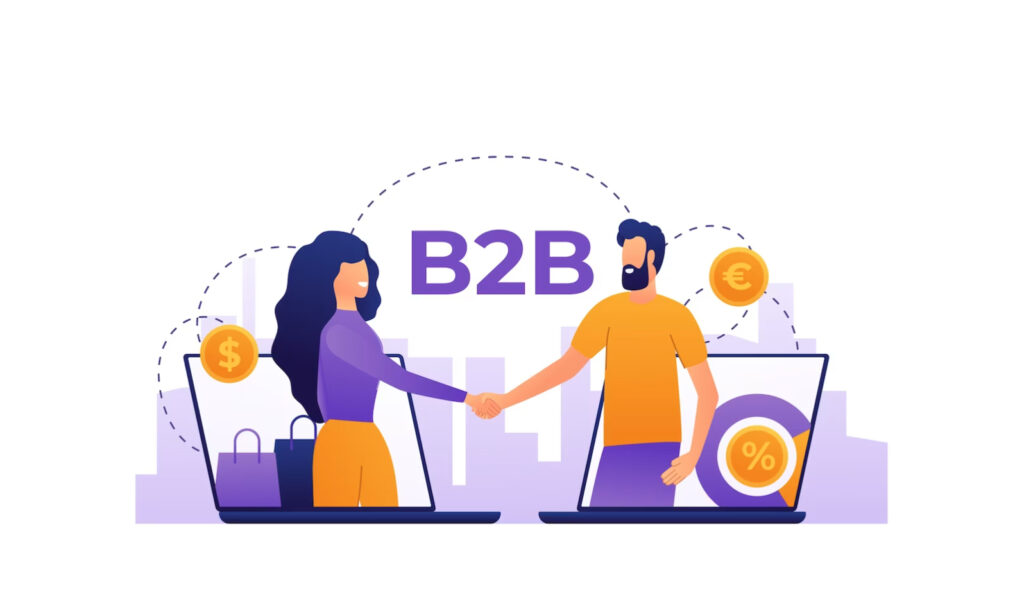PPC (Pay-Per-Click) advertising has become an integral part of the marketing mix for B2B companies. It’s a highly effective way to drive targeted traffic to your website and generate leads. However, creating successful B2B PPC campaigns requires a solid understanding of best practices. In this guide, we’ll explore the top best practices for B2B PPC advertising and show you how to create campaigns that drive results.
Understanding Your Target Audience for Better Ad Targeting
Understanding your target audience is crucial for effective ad targeting in PPC advertising. By knowing who your ideal customer is, you can create ads that resonate with them and drive conversions. Here are some steps to follow:
- Define your ideal customer persona: Develop a detailed description of your ideal customer based on factors such as demographics, interests, and behaviors. This will help you target your ads to people who are most likely to be interested in your product or service.
- Conduct market research: Conduct market research to understand your target audience’s pain points, motivations, and needs. This will help you create ads that address their specific needs and offer a solution.
- Use customer data: Use customer data to inform your ad targeting, such as demographics, interests, and behaviors. This will help you create ads that resonate with your target audience and drive conversions.
- Use negative keywords: Use negative keywords to exclude irrelevant audiences. For example, if you sell B2B software, you may want to exclude keywords related to B2C software to avoid targeting the wrong audience.
Crafting Effective Ad Copy for B2B PPC Campaigns
Crafting effective ad copy is essential for B2B PPC campaigns. Your ad copy needs to grab attention, communicate value, and drive action. Here are some tips for creating effective ad copy:
- Use attention-grabbing headlines: Your headline is the first thing your audience will see, so it needs to be attention-grabbing and compelling. Use numbers, statistics, and action-oriented language to capture their attention.
- Highlight your unique selling proposition (USP): Your ad copy should communicate your unique selling proposition (USP) and what sets you apart from your competitors. Focus on the benefits of your product or service and how it can solve your target audience’s problems.
- Include a clear call-to-action (CTA): Your ad copy should include a clear call-to-action (CTA) that tells your audience what action you want them to take. Use action-oriented language and make it easy for them to take the desired action.
- Use ad extensions to provide additional information and value: Ad extensions can provide additional information and value to your target audience. Use extensions such as sitelinks, callouts, and structured snippets to highlight key features, benefits, and offers. This can help improve your ad’s relevance and drive conversions.
Creating High Converting Landing Pages for Your PPC Ads
Creating high-converting landing pages is essential for PPC advertising success. Here are some tips for creating effective landing pages:
- Keep your messaging consistent: Your landing page should have the same messaging and design as your ad. This creates a consistent user experience and reduces confusion. Make sure your landing page reinforces the benefits and USP highlighted in your ad copy.
- Have a clear value proposition: Your landing page should clearly communicate your value proposition and how your product or service can solve your target audience’s problems. Use bullet points, images, and videos to communicate this message effectively.
- Use clear and concise copy: Keep your copy clear and concise. Use short paragraphs, bullet points, and headlines to convey your message effectively. Make sure your copy is easy to scan and read.
- Use high-quality images and videos: Use high-quality images and videos that support your messaging and reinforce your value proposition. This can help improve engagement and conversions.
- Include a clear call-to-action: Your landing page should have a clear and prominent call-to-action (CTA) that tells your audience what action you want them to take. Use action-oriented language and make it easy for them to take the desired action.
- Optimize for mobile: Make sure your landing page is optimized for mobile devices. Mobile users have different needs and behaviors than desktop users, so make sure your landing page is easy to use on mobile devices.
Bidding Strategies for B2B PPC Advertising
Bidding strategies are crucial for B2B PPC advertising success. Here are some bidding strategies to consider:
- Manual bidding: Manual bidding allows you to set bids for each keyword or ad group manually. This gives you complete control over your bids and allows you to adjust your bids based on your budget, goals, and performance.
- Automated bidding: Automated bidding uses machine learning algorithms to optimize your bids based on your goals. This can save time and improve performance, but you’ll need to provide enough data for the algorithm to work effectively.
- Cost-per-click (CPC) bidding: CPC bidding is the most common bidding strategy for PPC advertising. With CPC bidding, you pay each time someone clicks on your ad. This strategy works well for driving traffic and conversions.
- Cost-per-acquisition (CPA) bidding: CPA bidding allows you to set bids based on your target cost-per-acquisition. This strategy is ideal for campaigns with a clear conversion goal, such as lead generation.
- Target return on ad spend (ROAS) bidding: ROAS bidding allows you to set bids based on your target return on ad spend. This strategy is ideal for campaigns with a clear ROI goal, such as e-commerce campaigns.
- Enhanced cost-per-click (ECPC) bidding: ECPC bidding uses machine learning to adjust your manual CPC bids based on the likelihood of a conversion. This can help improve your ad’s performance while still maintaining manual control over your bids.
It’s important to test different bidding strategies to find the one that works best for your business and goals. Remember to track your performance and adjust your bids regularly to optimize your campaigns.
Conclusion
PPC advertising can be a powerful tool for B2B companies to drive traffic, leads, and sales. By understanding your target audience, crafting effective ad copy, creating high-converting landing pages, and using the right bidding strategies, you can create successful PPC campaigns that deliver results.
Remember to track your performance, test different strategies, and make adjustments as needed to optimize your campaigns. With the right approach, PPC advertising can be an effective way to grow your business and reach your target audience.


